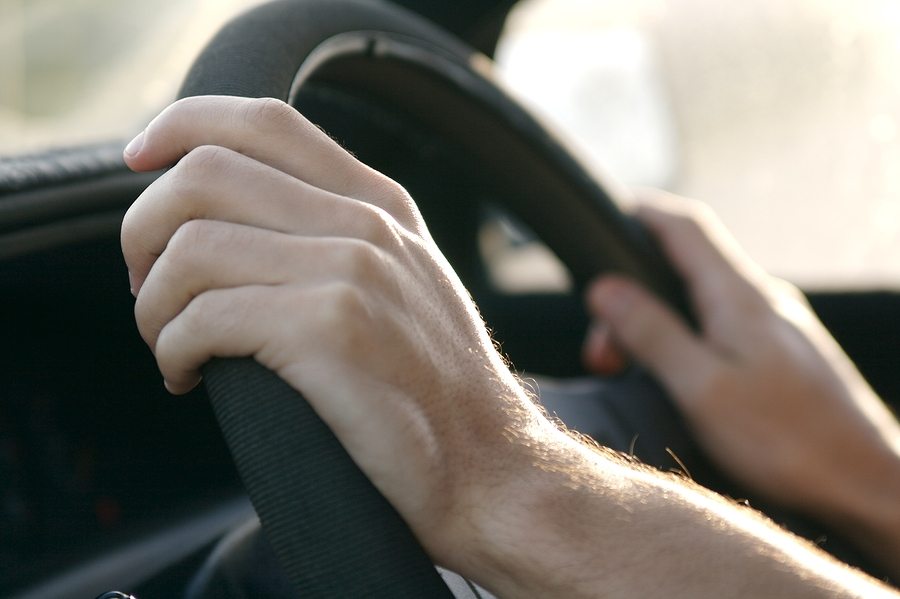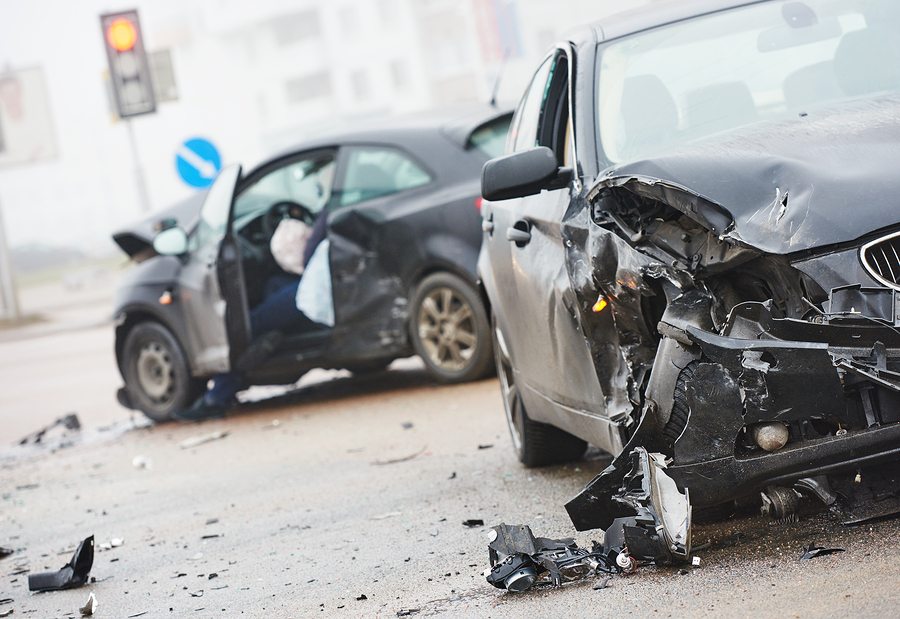Self-driving cars seem to be a very real reality in the next few years. Google, for example, most recently reported that as of November 30, 2016, they have close to 60 self-driving vehicles on the road and that these vehicles have driven 2,344,188 miles in autonomous mode, meaning that they are operating on their own. According to their monthly reports, this averages out to approximately 20,000 to 22,000 miles a week where one of their vehicles is driving without the guidance of a driver. However, what happens when these vehicles are involved in an accident? Fayetteville AR personal injury lawyer Ken Kieklak explains.
Who is at Fault in the Case of a Self-Driving Car Accident?

Self-driving cars have become a very real part of the automotive industry. Not only have Google self-driving cars been combing the country, but popular ridesharing services such as Uber have begun testing self-driving cars as part of their testing and development. If you look at the numbers and figures, these vehicles actually have an astoundingly low rate of accident and injury. However, there have been several instances of accidents involving these cars. One accident that is worth noting, not so much because there was any significant damage, but because of a statement released by Google happened on February 14, 2016.
Google was testing one of their modified Lexus RX450h vehicles that has the capability to drive in “autonomous mode” when it attempted to navigate around some sandbags that were left on the road. As the Google vehicle attempted to navigate around the sandbags it struck the side of an oncoming bus. Damages to the bus and to the car were relatively minor, with the Google vehicle sustaining damage to the left front fender, front wheel, and driver side sensor, and no significant damage was reported to the bus. Luckily, no one in the Google Lexus RX450h or the bus was injured in the crash, however, notably, Google released a statement stating the following:
“We clearly bear some responsibility, because if our car hadn’t moved, there wouldn’t have been a collision. That said, our test driver believed the bus was going to slow or stop to allow us to merge into the traffic, and that there would be sufficient space to do that.”
This statement is significant because they admit that even though their vehicles have by all accounts demonstrated that they are safer than when an active driver is behind the wheel, they still are not 100 percent safe, nor is it likely that they ever will be.
Liability for All Car Accidents in Arkansas

The comparative fault statute, Arkansas Code Annotated section 16–64–122(a) (Repl.2005), provides that, in all actions for personal injuries or wrongful death in which recovery is predicated on fault, liability shall be determined by comparing the fault chargeable to a claiming party with the fault chargeable to the party from whom he seeks to recover. The statute additionally provides that “fault” shall include any act, omission, conduct, risk assumed, breach of warranty, or breach of any legal duty which is a proximate cause of any damages sustained by any party. Ark.Code Ann. § 16–64–122(c) (Repl.2005)
What this means is that when there has been a car accident, for example, all parties who were involved will present evidence to the jury demonstrating that the other party was negligent. While many people believe that an accident may be wholly the fault of the other driver, other facts may demonstrate that both parties are to some degree negligent. In these cases, the Arkansas modified comparative fault will reduce the amount of compensation a party can receive by the percentage of their negligence.
As an example: Adam is driving down the street while he is texting on his phone. Beth is also driving down the street going the opposite direction but has just left the bar after a few drinks. The two are involved in a minor accident in the middle of the street. Both Adam and Beth claim that the other party was negligent and should, therefore, be responsible for paying for the damage. At trial, both sides present evidence that the other was negligent. Adam asserts Beth was negligent because even though her BAC was below the legal limit, she was not in the right state to be driving her vehicle. Beth asserts that Adam was negligent because he was admittedly texting and driving. After a lengthy trial, the jury returns a verdict finding that Adam was 60 percent at fault for the accident because he was texting and driving and Beth was 40 percent at fault for the accident because she had been drinking before she got behind the wheel of her car.
In some states, Adam would be barred from recovering any compensation because he was over 50 percent at fault. However, Arkansas does not recognize this rule and allows a plaintiff who is over fifty percent at fault to recover for their damages. Under this example, if Adam sustained $10,000 worth of damage to his car, his damages would be reduced by 60 percent. Likewise, if Beth also sustained $10,000 worth of damages to her car then her damages would be reduced by 40 percent.
However, the analysis will likely have to change when there is a self-driving car involved. While the above-noted quote from Google may create some basis for imposing liability on the autonomous car or their manufacturer, there are complex issues that need to be addressed. In the accident with the self-driving car, there was a Google employee who was in the vehicle and had the capability to override the autonomous driving mode. However, the employee stated that he believed that the bus would slow down and give his vehicle enough space to get around the sandbags in the road. Indeed, as it currently stands all self-driving cars are required to have an active driver behind the wheel in the event that the car’s sensors and systems do not function properly.
This can complicate the analysis when trying to determine who is at fault for an accident, is it the car’s manufacturer, the manufacturer of the individual parts and sensors of the car, the driver who is supposed to override the self-driving mode in the event of an apparent impact, or is it the other driver?
Involved in a Car Accident? Contact a Fayetteville, Arkansas Personal Injury Lawyer
While self-driving cars may be the wave of the future, they are still a long way away from dominating the roads. Car accidents are common accidents on our roadways and if you find yourself involved in an accident with damages and injuries you need an experienced car accident attorney at your side. To schedule a confidential legal consultation, call our law offices right away at (479) 316-0438. You only have a limited time to file a claim following an accident, so don’t wait until it’s too late and the deadlines have already passed. Call us today to get started exploring your options.
